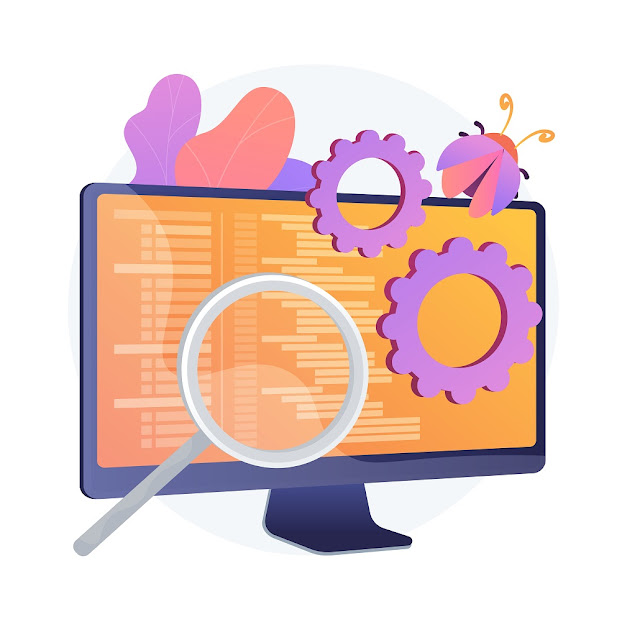
Selecting the right quality assurance (QA) tools is crucial to the success of software testing and automation. QA tools must be chosen with careful consideration of the programming languages used within the project to ensure seamless integration and effectiveness. The proper set of tools can enhance the quality of the product, streamline the testing process, and increase efficiency. Criteria such as compatibility, ease of integration, and support for the necessary testing types are imperative when choosing adequate QA testing tools.
On top of compatibility considerations, the decision-making process
should also take into account the testing tool's features, its ability to
facilitate comprehensive test coverage, and the quality of its reporting
mechanisms. QA testing
tools vetted by Functionize give the
teams the chance to access innovative solutions that can adapt to complex
testing environments and contribute to a more productive QA process.
Key Takeaways
- Compatibility with
programming languages is paramount for QA tool selection.
- Comprehensive
feature sets and reporting capabilities are crucial in QA tools.
- QA testing tools should support extensive test
coverage and efficient processes.
Understanding QA and its Importance
Quality Assurance (QA) refers to the systematic activities implemented
in a quality system so that quality requirements for a product or service are
fulfilled. In the context of software development, QA practices are critical to
ensure that the software meets its intended quality standards before it reaches
the customer. QA encompasses the entire software development process, which
includes processes such as requirements definition, software design, coding,
source code control, code reviews, software configuration management, testing,
release management, and product integration.
QA testing is integral to the QA process, aiming to identify bugs,
defects, or errors that could lead to suboptimal performance or complete
failure of the software. Identifying these issues early helps manage project
costs and maintain the schedule, as defects become exponentially more expensive
and complex to fix later in the development lifecycle.
Effective QA processes provide several benefits:
- Ensures Software
Quality: Helps guarantee that the product aligns with
the specified requirements and user expectations.
- Minimizes Risks:
Early detection of issues reduces the risks associated with software
failure.
- Improves Reputation:
High-quality software enhances the reputation of the organization within
the market.
- Enhances
Scalability: Establishes processes that accommodate
project growth and changes over time.
- Streamlines Reporting:
Facilitates systematic tracking and documentation of issues for continuous
improvement.
For businesses and development teams, quality assurance testing should
not be an afterthought but a forethought. Investing time and resources into QA
ensures that the final product is robust, performs well under varied
circumstances, and provides an excellent user experience.
Criteria for Selecting QA Tools
When selecting quality assurance (QA) tools, it's essential to assess
several key factors to ensure the tool aligns with the organization's testing
requirements and project goals. These considerations range from compatibility
with programming languages to cost implications.
Compatibility with Programming Languages
Determining if QA tools support the programming languages used in your
projects is crucial. For instance, Selenium WebDriver is compatible with
multiple languages including Java, Python, and JavaScript, while Cypress is
optimized for JavaScript. Tools should match the project's syntax to facilitate
smoother test script writing.
Tool Functionality and Features
QA tools should offer a comprehensive suite of features that cover
various testing needs such as UI testing, API testing, performance testing, and
more. The right tool should support automated testing as well as manual testing
processes including regression testing, functional testing, and security
testing.
Usability and Learning Curve
The tool's usability is a significant factor, as it should have a
user-friendly interface that allows QA testers to learn and use it effectively.
Clear documentation and minimal training requirements are indicators of a tool
with a gentle learning curve.
Integration and Compatibility with Other Systems
A competent QA tool must facilitate integration with other systems such
as databases, version control, and CI/CD platforms like Jenkins for continuous
integration and continuous testing. This enables a seamless testing process and
supports DevOps practices.
Community and Support
Having substantial community support is beneficial, especially for
open-source tools. A robust community contributes to learning resources, and
documentation which aids in troubleshooting and learning how to use the tool
effectively.
Cost Considerations
Cost is a critical factor when choosing QA tools. Organizations must
evaluate the return on investment (ROI) and determine if the tool fits within
their budget while still meeting testing needs. Factors like the number of
users, test automation capabilities, and license fees should be aligned with
available financial resources.
Conclusion
When selecting QA tools for a particular programming language, the
decision should align with the project's specific requirements and team
expertise. It is crucial to evaluate the tooling ecosystem, including available
testing frameworks and reporting tools, for seamless integration. Moreover, the
language's relevance to the QA community and the provision of
online resources and courses for
learning and improvement must be considered. Finally, a tool that supports
automation can significantly enhance efficiency, making it a vital
consideration in the selection process.